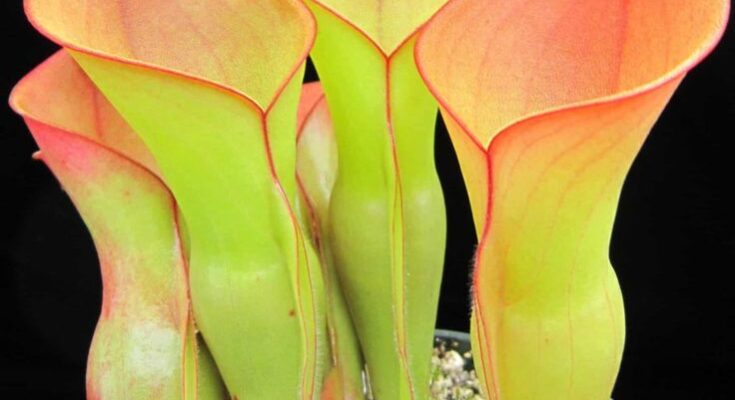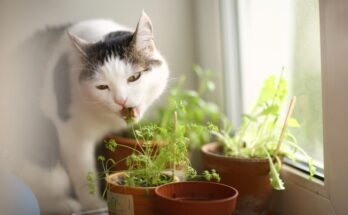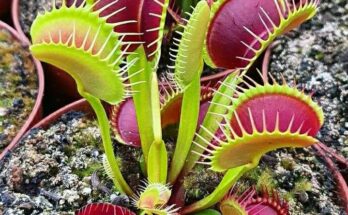Because of their insect trapping oddity, we also call them insectivorous plants. Pitcher plants are carnivorous, yes you read it right because they feed on insects by smacking them in a pitcher- like structure. Mother nature bestows a plant that taps, kills and eats its prey. Is that even possible? Yes, it’s you who will feel awestruck as this article unveils strange facts about the pitcher plants.
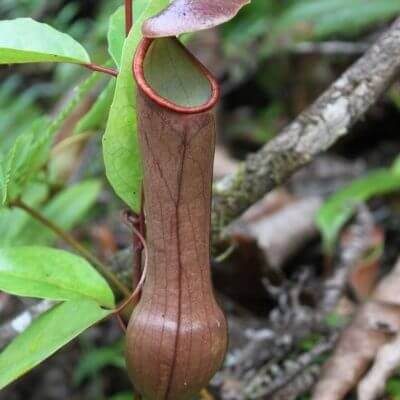
This article is fascinating for the botanists and plant enthusiasts because you will come to know about the carnivorous adaptation plants. There are nine families and 670 species that exhibit predatory characteristics. Each of them has peculiar traits to trap, kill and glean nutrients from their impending prey.
You can also check one of our articles about the most fascinating carnivorous plants we have collected for a piece of good information to get benefit from.
Here Is How They Do It!
As their name suggests pitcher plants resemble pitcher but with modified leaf with a lid as the apex.
Pitcher plants trap insects in a pool of water in the cup. Using its lid, nectar, and colorful flowers that look like raw meat, they attract flies, beetles, butterflies and other insects to trap them inside the cup.
Once there, many insects find it difficult to exit because of the smooth and slippery walls of the cup and eventually drown. The plant’s hairs pointing down towards the top of the cup further make if burdensome for prey to exit. The trapped prey then down die and rot, and the plant’s enzymes digest the meal and absorb the nutrients.
Where Are Pitcher Plants Found?
You can mostly find them in bogs and wetland locations of the east coast of North America, eastern united states, from the southeast along the coastline up through British Columbia. They live in areas that are somewhat vulnerable to fires and can outlive the lights under certain circumstances.
Here’s another article of ours about where to find Carnivorous plants in general: Fantastic Carnivorous Plants and Where to Find Them
Pitcher Plants as Houseplants
Pitcher plants with their colored flowers are right house plants. However, due to conservation reasons, it is not good to harvest from the wild instead get them from nursery beds. Place them in mildly acidic soil in bog gardens and indoor terrariums, and they require sunlight too.
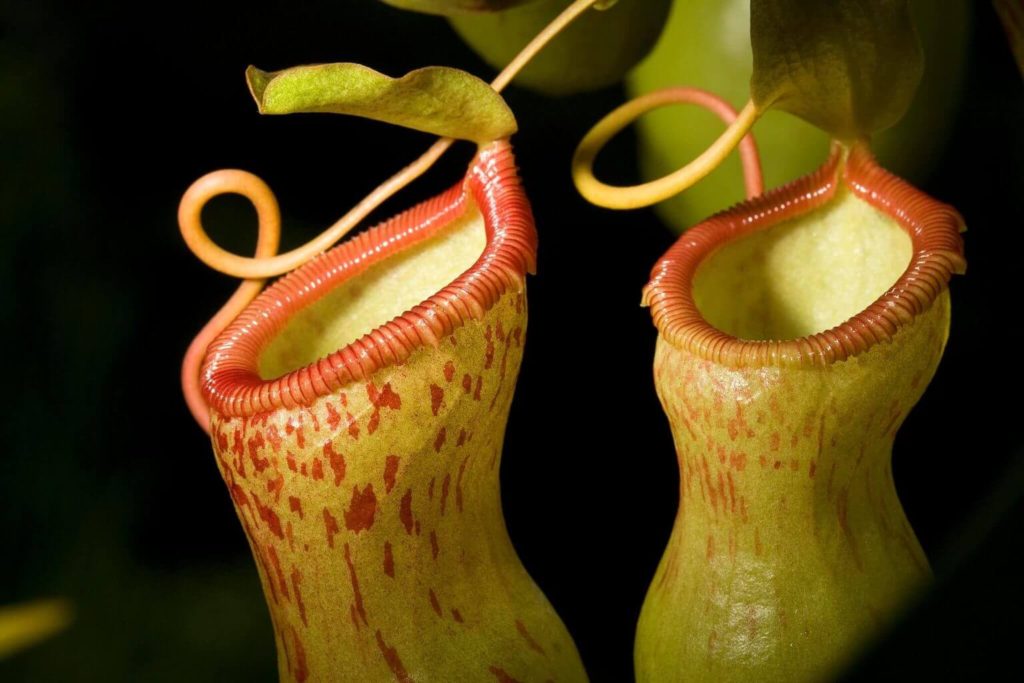
Let’s dive in some of the incredible, unbelievable and strange facts about pitcher plants.
Habitat
They are common in bogs and soils that lack Nitrogen (an essential plant nutrient). Therefore they get Nitrogen and other mineral nutrients they require from insects they catch. They are also common in soils other plants can’t thrive like highly acidic soils.
Propagation
Like other carnivorous plants, the distribution in pitcher plants happens through sexual reproduction that is the male and female gametes fertilize to form seeds. However, some of the cultivars propagate by cuttings and division of plants known as asexual means. For commercial production of pitcher plants, they commonly use the tissue culture methods.
Pitcher Plants Give a Roost to Bats
When the typical woolly bat is frisking for where to rest, it cuddles inside a pitcher plant’s pitcher-like cup. In return for the shelter, the bat’s poop gives the plant much-needed nutrients. After these nutrients, the plant grows two kinds of pitchers: one to catch insects and one to collect poop.
It sounds like a great deal. Isn’t it? One perfumed, slippery and full of digestive fluids to catch insects grow closer to the ground and another one develops higher up and is more like a snug hotel room. These pitchers are decorated with individual dish-shaped reflectors which bats use to radar system to explore the forest; they poke out.
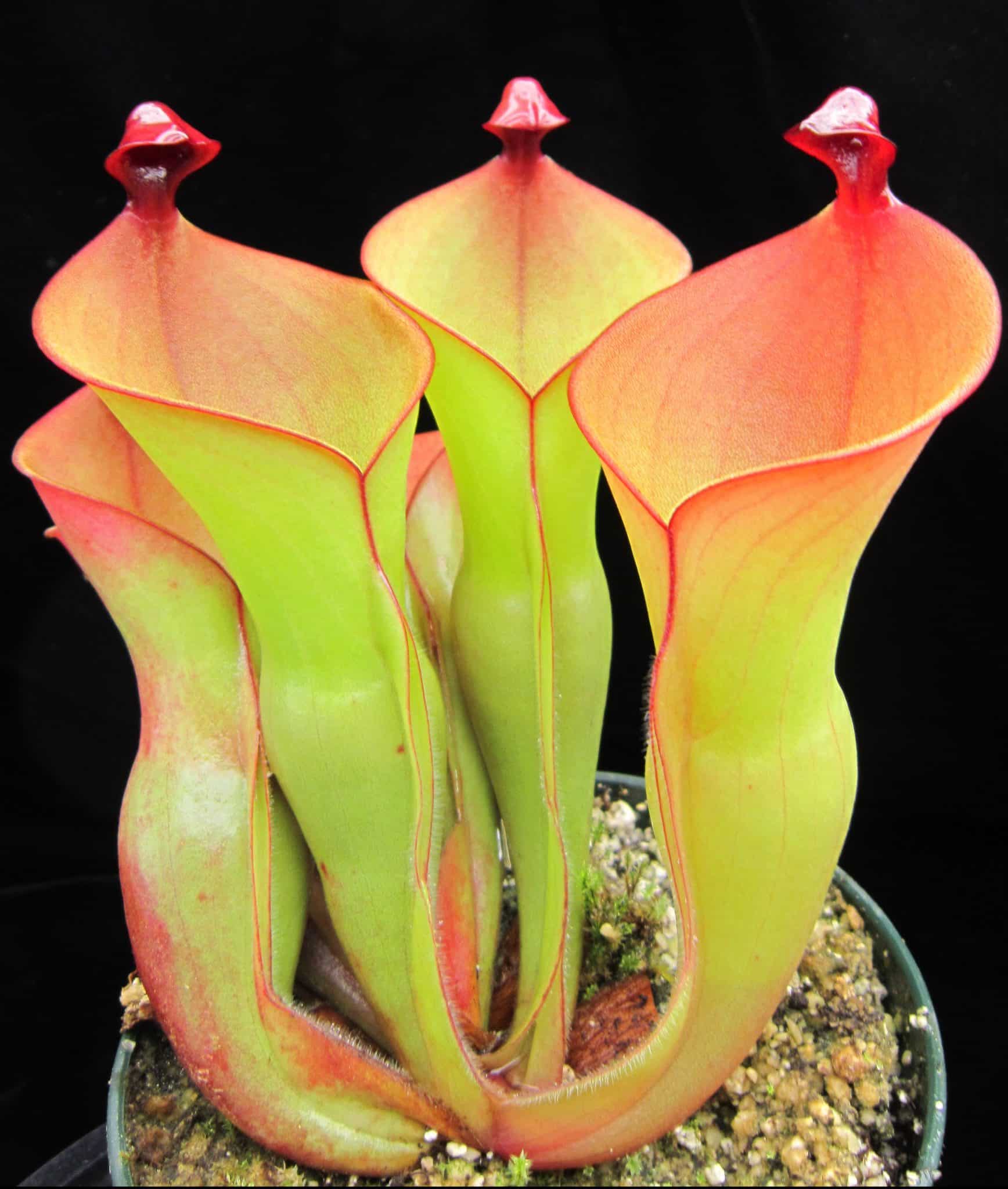
They Aren’t Only Pools of Death!
Some insects and animals live harmoniously with these plants like spiders use the lid to hide under, mosquitoes and some other insect larvae live inside the pitcher plant itself.
Tadpoles grow up swimming in the cup and even some small frogs hide in the bowl to eat files that the plant has attracted.
They Need Your Love!
Like other carnivorous plant species, pitcher plants are on the red list of getting extinct with threats including habitat loss, pollution, and poaching. Yes, poaching like Rhinos and Elephants, they are at risk of poachers who sell them to collectors.
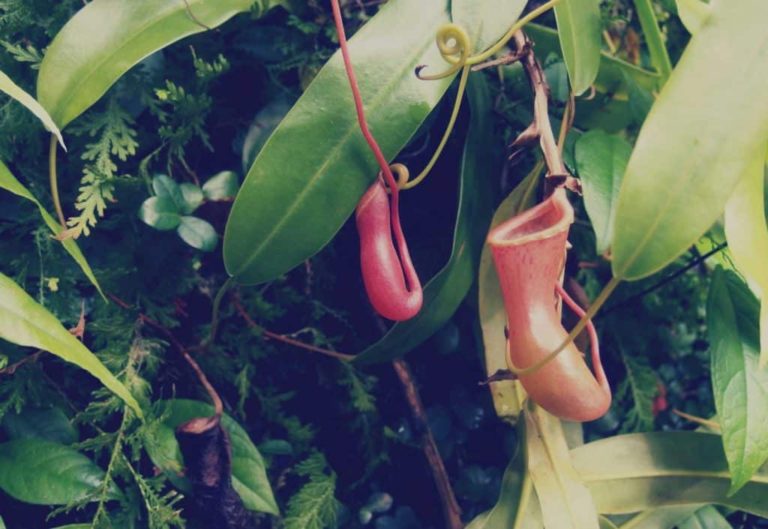
It’s our responsibility to avoid harvesting these breathtaking plants from the wild, conserve them and maintain the biodiversity of nature. In some regions such as Vietnam and Sumatra, use pitcher plants for gastronomic purposes. Pitchers of the Nepenthes species are filled with rice or tapioca and simmered to cook the food.
Nepenthes Ampullaria, a type of pitcher plant, is neither climbing species, carnivorous nor produces nectar. It produces flask-like pitchers near the base of it, and thus, it is a responsibility to collect leaves that fall into it. From digesting them, that’s how it derives nutrients.
Nepenthes rajah species can trap and digest small animals like mice, lizards and even birds because it holds about three quarts of water. Nepenthes Albomarginata not like most Nepenthes species known for absorbing insects and small animals, it feeds on termites only. It forms white trichomes below peristome that termites feed on and ends up falling as prey.
Random Facts About Pitcher Plants
- Some pitcher plants are also famous by the name of monkey cups as some animals drink water from the pitchers.
- Pitcher plants as houseplants require an elevated pot. Because they are climbing plants, you can put them on a semi-shaded windowsill, or somewhere they access sunlight because they need it.
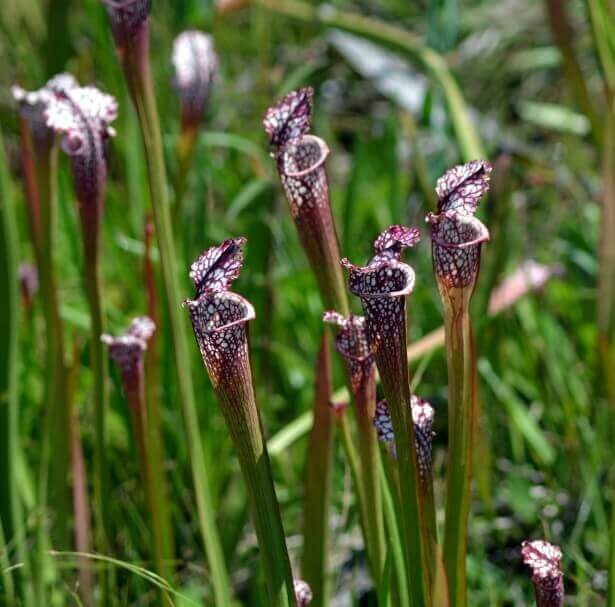
- New pitchers form at the ends of the modified leaves when humidity is high. These new pitchers grow as long as the plant gets water and light frequently.
- Once pitchers are full, they dry up, and the plant absorbs the nutrients, don’t cut them off because they are still feeding your plant.
- Pitcher plants are susceptible, ergo please don’t touch it. However, if you must contact it, hold the body graciously and don’t flip its fragile lid. While relishing watching them, don’t feed them with stuff such as cockroach, as pitcher can’t subsist with a mouthful of bugs.
- Carmer’s flash is harmful to them, so use it meagerly. Being substantial, your great-grandchild will able to see our beauty intact.
